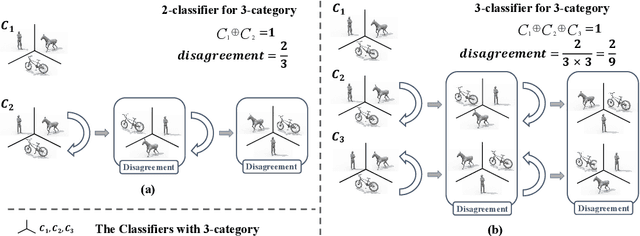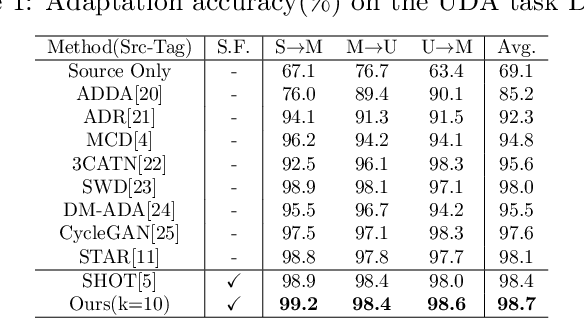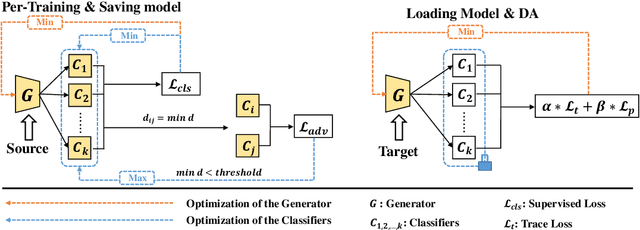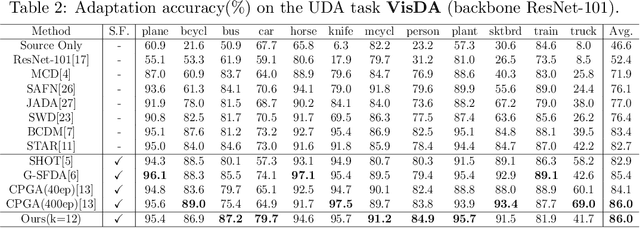Ziyang Zong
HouseLLM: LLM-Assisted Two-Phase Text-to-Floorplan Generation
Nov 20, 2024Abstract:This paper proposes a two-phase text-to-floorplan generation method, which guides a Large Language Model (LLM) to generate an initial layout (Layout-LLM) and refines them into the final floorplans through conditional diffusion model. We incorporate a Chain-of-Thought approach to prompt the LLM based on user text specifications, enabling a more user-friendly and intuitive house layout design. This method allows users to describe their needs in natural language, enhancing accessibility and providing clearer geometric constraints. The final floorplans generated by Layout-LLM through conditional diffusion refinement are more accurate and better meet user requirements. Experimental results demonstrate that our approach achieves state-of-the-art performance across all metrics, validating its effectiveness in practical home design applications. We plan to release our code for public use.
Domain Gap Estimation for Source Free Unsupervised Domain Adaptation with Many Classifiers
Jul 12, 2022



Abstract:In theory, the success of unsupervised domain adaptation (UDA) largely relies on domain gap estimation. However, for source free UDA, the source domain data can not be accessed during adaptation, which poses great challenge of measuring the domain gap. In this paper, we propose to use many classifiers to learn the source domain decision boundaries, which provides a tighter upper bound of the domain gap, even if both of the domain data can not be simultaneously accessed. The source model is trained to push away each pair of classifiers whilst ensuring the correctness of the decision boundaries. In this sense, our many classifiers model separates the source different categories as far as possible which induces the maximum disagreement of many classifiers in the target domain, thus the transferable source domain knowledge is maximized. For adaptation, the source model is adapted to maximize the agreement among pairs of the classifiers. Thus the target features are pushed away from the decision boundaries. Experiments on several datasets of UDA show that our approach achieves state of the art performance among source free UDA approaches and can even compete to source available UDA methods.
 Add to Chrome
Add to Chrome Add to Firefox
Add to Firefox Add to Edge
Add to Edge